
Battle of White Oak Swamp Bridge
"Battle of White Oak Swamp Bridge, Monday June 30th, 1862- Ayres's, Mott's and Randall's batteries checking…
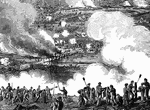
Battle of White Oak Swamp Bridge
"Battle of White Oak Swamp Bridge, Monday June 30th, 1862- Ayres's, Mott's and Randall's batteries checking…

Battle of White Oak Swamp Bridge
"Battle of White Oak Swamp Bridge, Monday June 30th, 1862- Ayres's, Mott's and Randall's batteries checking…
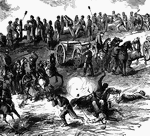
Battle of White Oak Swamp Bridge
"Battle of White Oak Swamp Bridge, Monday June 30th, 1862- Ayres's, Mott's and Randall's batteries checking…
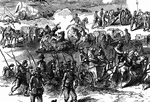
Battle of White Oak Swamp Bridge
"Battle of White Oak Swamp Bridge, Monday June 30th, 1862- Ayres's, Mott's and Randall's batteries checking…
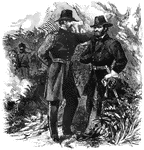
Battle of the Wilderness
"An incident of the Battle of the Wilderness. Lieutenant General Grant and Major General Meade in consultation,…

Battle of the Wilderness
"The battle of the Wilderness, between General Grant and General Lee, May 5th and 6th, 1864. Our sketch…
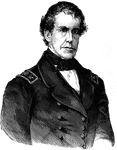
Charles Wilkes
(1798-1877) American Naval officer and explorer who brought Great Britain on the Confederate side of…
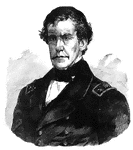
Rear Admiral Charles Wilkes
"Rear Admiral Wilkes, born in New York city, April 3rd, 1798, died in Washington, D. C., February 8th,…

Battle of Williamsburg
"Battle of Williamsburg, Va., on the peninsula between York and James Rivers, May 6th, 1862. General…

Battle at Willis Church
"Battle at Willis Church, Monday, June 30th, 1862- the Federal forces, under General Heintzelman, engaged…

Battle at Willis Church
"Battle at Willis Church, Monday, June 30th, 1862- the Federal forces, under General Heintzelman, engaged…

William L. Wilson
(1843-1900) American statesman, served in the Confederate Army during the Civil War, and was the president…
Winchester Charge
"Sheridan's Campaign. Battle of Winchester- charge of Crook's Eighth Corps, September 19th, 1864- the…

Battle of Winchester
"Battle of Winchester, VA., March 23rd, 1862- decisive bayonet charge of the Federal troops, led by…
Battle of Winchester
"Sheridan's Campaign- Battle of Winchester- position of the Nineteenth Corps, General Emory, September…

Dog at Winchester
"Sheridan's Campaign- an incident at the Battle of Winchester- a faithful dog watching and defending…

Rear Admiral John A. Winslow
"Rear Admiral Winslow, born in Wilmington, N. C., November 19th, 1811, died in Boston, Mass., September…

Winter Quarters
"Winter quarters on the Rappahannock- army huts of the One Hundred and Nineteenth Regiment, Pennsylvania…

Theodore Winthrop
(1828-1861) American military officer. Killed during the Civil War while at the head of an assaulting…

Henry Augustus Wise
Henry Augustus Wise (1819 - 1869) was a U.S. Naval Officer who served in the U.S. - Mexican War and…

Camp Wool
"Camp Wool, two miles from Fort Clark, Hatteras Island, occupied by Hawkins's Zouaves, Ninth Regiment,…

Wounded Federals
"Towing the wounded Federal soldiers down the bayou on a raft, on the night of January 14th, 1863, after…

Combat at Yazoo River
"Desperate naval combat between the Confederate iron-plated ram Arkansas and the Federal gunboat…

Burning of York
"A detachment of United States sailors from the gunboats Albatross and Gemsbok burning…

Major Zagonyi
"Second charge upon the Confederates by General Fremont's bodyguard, under Major Zagonyi, near Springfield,…

Zouave Cadets
"Group of Ellsworth's Chicago Zouave Cadets. No military organization during the war was more brilliant…

Zouaves
"Encampment of Colonel Ellsworth's New York Fire Zuoaves, on the heights opposite the Navy Yard, Washington,…

Billy Wilson Zouaves
"The ('Billy') Wilson Zouaves, at Tammany Hall, taking the oath of fidelity to the flag, April 24th,…

Ellsworth's Zouaves
"The departure of Colonel Ellsworth's Zouaves from New york, escorted by the fire department- the regiment…


